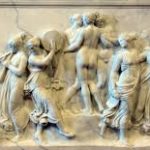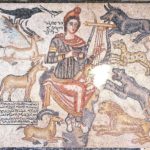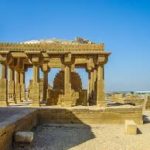The ancient Rome public baths were revelries and lively places where the ancient Roman citizens met and they were the most densely populated and sought after places in ancient Rome. The ancient Roman public baths were places where the Roman people could assemble for baths, get a haircut done, exercise in the gymnasium, read in the bath’s library as well as could repose and recline.
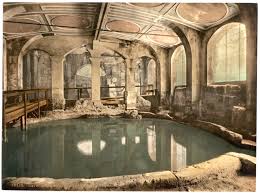
The ancient Romans paid an admission fee for entry into the Roman bath place, which was not too sumptuous an amount, and entry was allowed even to the poor at a low cost.
Ancient Rome Public Baths
Ancient Roman public baths were plenty, as many as 900 in number. The largest public bath held almost 1500 people. These larger public baths were commonly known as ‘Thermae’ and were owned by the Roman state.
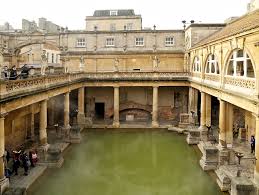
Any Roman visiting such public bath had to undergo a series of baths in quick succession, beginning from ‘tepidarium'(warm bath), ‘caldarium’ (hot and dry), warm and steamy and finally a plunge into cold waters called the ‘frigidarium.’
Roman Bath Facts
The ancient Roman public baths were visited daily by the native men and women. Children were forbidden to visit these bath places. Separate hours during the day were allotted for use by men and women. Slaves were also prohibited to enter into these public baths unless they were there to help their masters and mistresses.
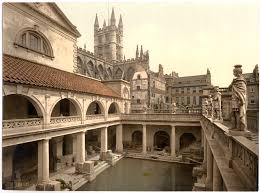
A very interesting and peculiar fact to note about the ancient Roman public baths was that the ancient Romans did not use soap. Instead, they used oil and rubbed it onto their skin and then scrapped it off with a metal scrapper called ‘strigil.’ The purpose of the strigil was to ensure riddance and removal of dirt and dead skin and to leave it clean.
Ancient Rome bathhouses
The ancient Rome bathhouses were built all over the Roman Empire, with impressive designs and marble statues. Some bathhouses contained gardens, courtyards, and gymnasiums. They even had shops, restaurants, galleries, and libraries. Some of the most splendid and magnificent Roman bathhouses were built by the Emperors Caracalla and Diocletian.
